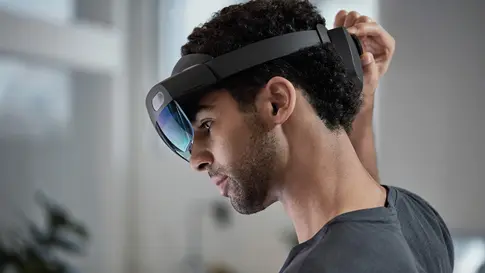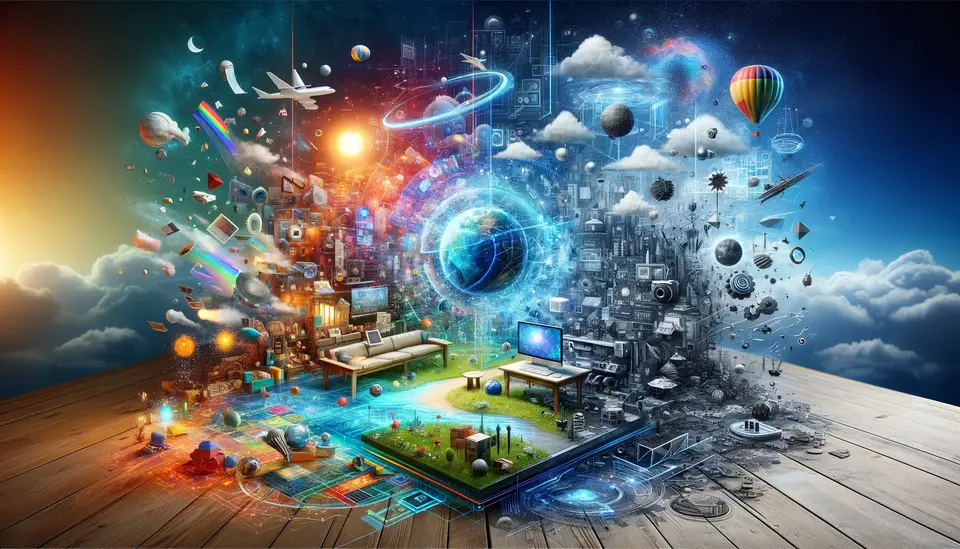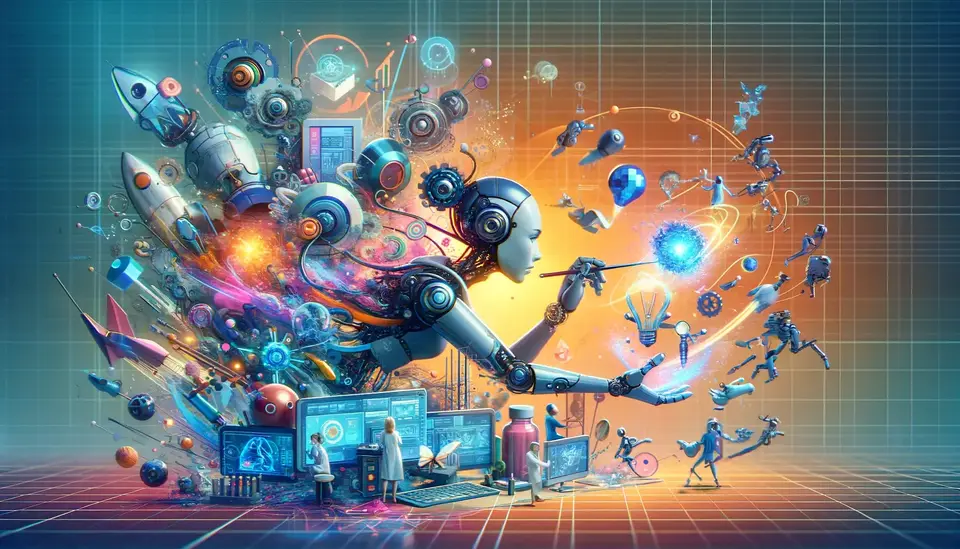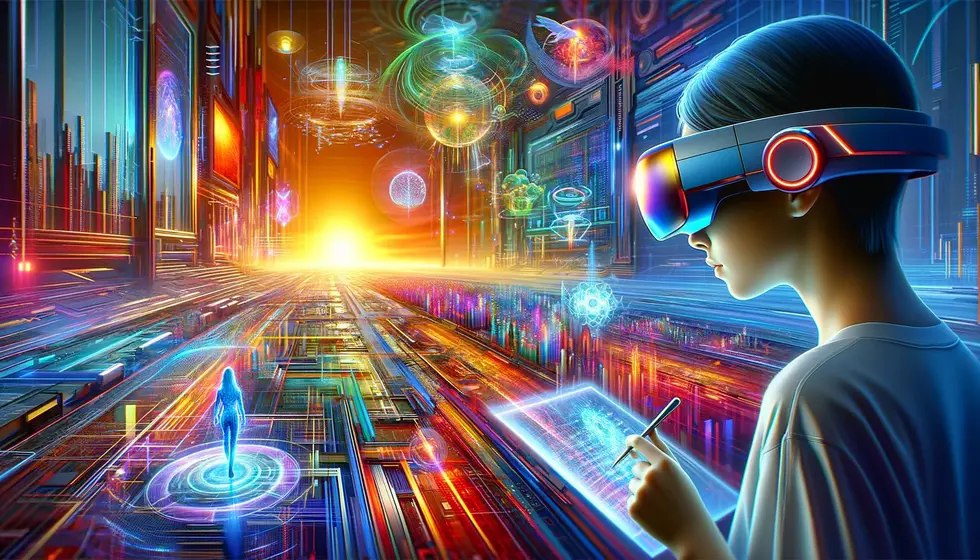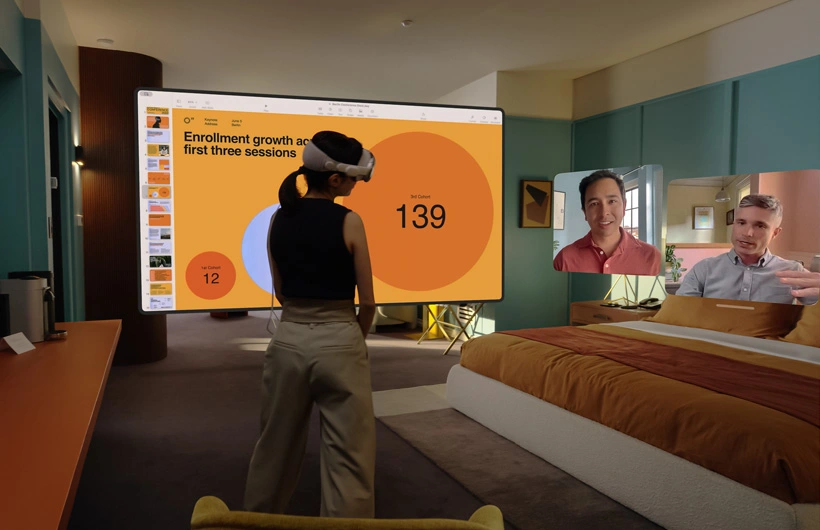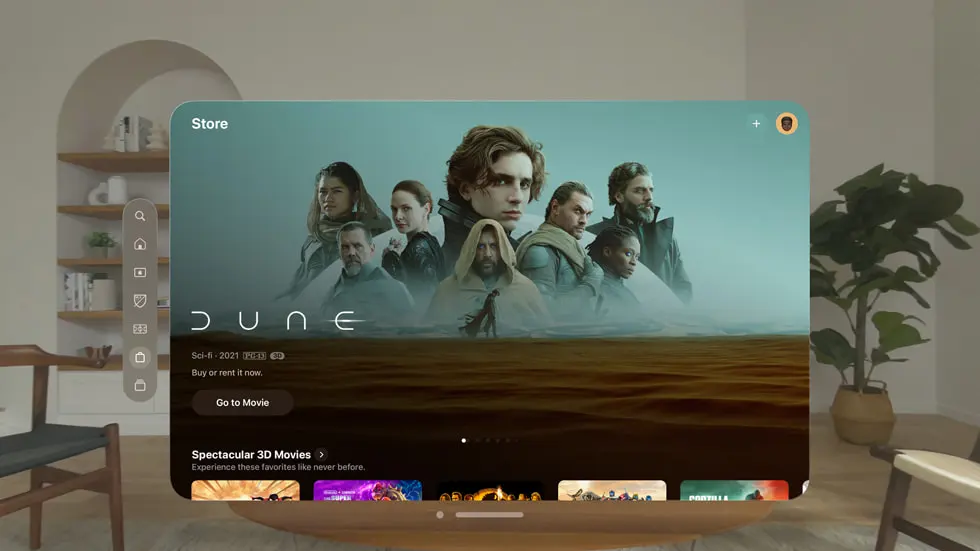The Technical Challenges Involved in Creating Mixed Reality
Posted on April 26, 2023 3 minutes 558 words
Table of contents
Mixed reality (MR) is an exciting technology that seamlessly blends the physical and digital worlds, allowing users to interact with virtual elements as if they were part of their real environment. While its applications range from gaming and entertainment to education, healthcare, and workforce training, creating a truly immersive MR experience presents a unique set of technical challenges. In this blog post, we’ll explore some of the key obstacles and the ongoing efforts to overcome them.
Sensor Technology and Tracking
An essential aspect of mixed reality experiences is accurately tracking the user’s position, movements, and interactions. To achieve this, MR systems need to integrate a wide range of sensors such as cameras, accelerometers, and gyroscopes. However, combining data from these sensors presents its own challenges, as their outputs need to be carefully synchronized and processed in real-time.
Developers are continuously refining algorithms that process sensor data to minimize errors and improve tracking accuracy. As sensor technology evolves, we can expect more precise tracking and more immersive MR experiences.
Latency and Real-Time Performance
Low latency is crucial for a smooth, enjoyable mixed reality experience. Unfortunately, processing vast amounts of sensor data and rendering virtual elements in real-time can be demanding on hardware resources. To combat this issue, developers utilize optimization techniques such as Level of Detail (LOD) and Occlusion Culling to minimize the computational load without sacrificing visual quality.
Spatial Mapping and Understanding
Spatial mapping involves creating a detailed 3D map of the physical environment, which is essential for placing virtual content within the real world. This process relies on advanced computer vision and machine learning algorithms, which can be computationally intensive.
Aligning virtual elements with real-world objects is a complex task, as it requires accurately determining the position, orientation, and scale of both the user and the virtual content. Ongoing research in computer vision and AI will continue to enhance spatial mapping capabilities, resulting in more accurate and realistic mixed reality experiences.
Interaction Design
Mixed reality experiences should be user-friendly and intuitive, with interaction designs that feel natural in both physical and virtual contexts. Designing such interactions can be challenging, as developers need to strike a balance between real-world limitations and the limitless possibilities of the virtual environment.
Gesture recognition technologies and haptic feedback can be used to improve interaction design by providing users with a more tactile, immersive experience.
Hardware Limitations
Current mixed reality hardware often suffers from limited battery life, bulkiness, and overheating issues, which can hamper user experience and slow down widespread adoption. Researchers are working tirelessly to develop more energy-efficient, lighter, and comfortable hardware to make MR experiences more enjoyable and accessible.
Security and Privacy Concerns
As with any technology, mixed reality raises security and privacy concerns due to the potential risks associated with collecting and storing user data. Ensuring the security of MR systems and protecting user privacy is paramount, with potential solutions including encryption, anonymization, and decentralized storage.
Conclusion
Creating immersive mixed reality experiences is a complex task, with various technical challenges to overcome. However, the ongoing research and development efforts in the field show great promise for the future. As we continue to refine MR technologies, we’ll unlock their full potential and revolutionize industries across the globe, offering unparalleled experiences that were once confined to the realm of science fiction.

